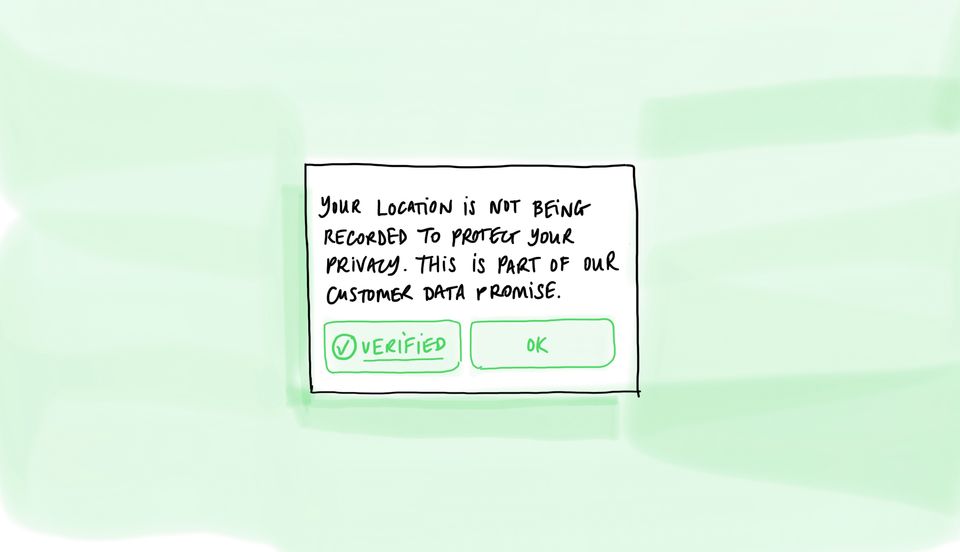One of the first things I thought about after hearing about the Roe v. Wade decision in the US was, how are companies going to protect data about people who choose to have abortions?
It’s a big question. Because different data could be used to create evidence that someone chose to have an abortion in different ways. For example, search histories collected by a browser, location data from a map service, or text messages. They can be used directly, or combined with other data to create evidence. So there are lots of different contexts to consider.
Companies like Google and Flo have started to change how they handle data as a result of the Roe v. Wade decision. This is really good. The changes they’re making include things like automatically deleting location history if the location is a known abortion clinic. Or allowing people to use the service without giving their identity.
But it’s not enough. Just telling someone that you’re doing something different with data about them misses the opportunity of proving it to them.
How can I be sure that the data has really been deleted? How can I trust that you know where all the abortion clinics are?
Prove it, so they can trust you.
One way of doing this is designing data patterns that give people assurance about how data is being used, by progressively telling them more. Surface bite size, useful and relevant information from the infrastructure layer of the service, into the user interface for people to see as they use the service. Share it where people spend their time, not buried in settings. Add just enough friction to give people the opportunity to understand what’s happening.
I'll write more about what surfacing infrastructure in a service could look like in the coming weeks. And what needs to be in place to enable that kind of transparency.
Thanks to my colleague Peter for inspiring this post.

